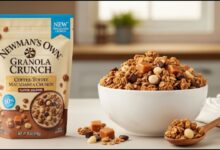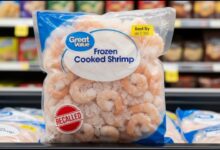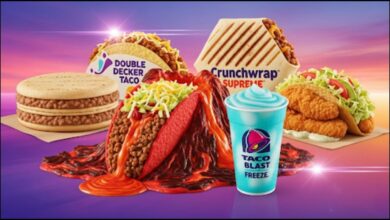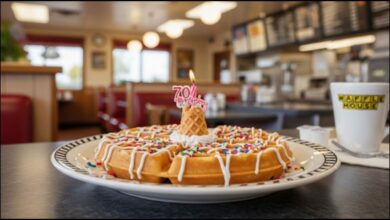Why the Price of a Costco Rotisserie Chicken Hasn’t Changed Since 2009
For over a decade, the Costco rotisserie chicken has remained $4.99. This article explores the intricate strategy of using it as a loss leader, combined with massive vertical integration, to maintain its famous price and ensure customer loyalty.
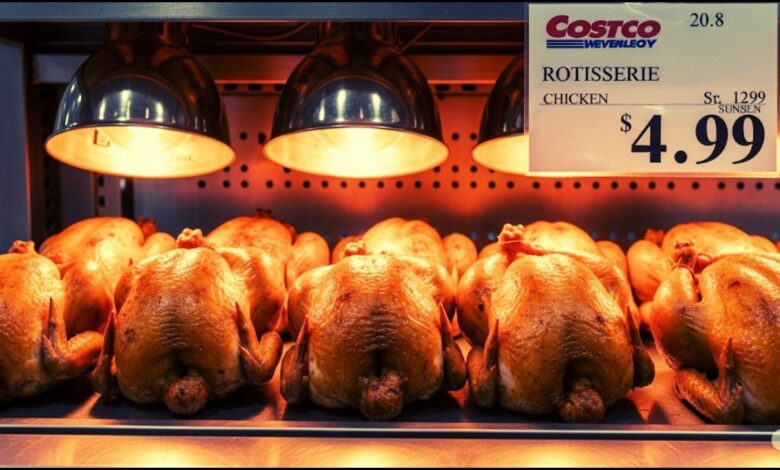
For more than a decade, amid soaring inflation and volatile food costs, the price of a Costco rotisserie chicken has remained unchanged at $4.99. This steadfast price is not an oversight but a core component of the wholesale giant’s business model, a meticulously engineered strategy combining supply chain control and a powerful retail concept known as a “loss leader” to drive billions in sales and secure unparalleled customer loyalty.
Key Facts: The $4.99 Chicken Phenomenon
| Key Fact | Detail / Statistic |
| Price Stability | The price has been held at $4.99 since 2009. |
| Massive Sales Volume | The company sold 137 million chickens in fiscal year 2023. |
| Strategic Financial Loss | The chickens are a loss leader, sold at a loss to attract customers. |
| Supply Chain Control | Costco operates a $450 million poultry complex in Nebraska to manage costs. |
The Anatomy of a Loss Leader
At the heart of the chicken’s unchanging price is its function as a loss leader. Retailers use this strategy by selling a popular product at or below cost to stimulate sales of more profitable goods. For Costco Wholesale Corporation, the rotisserie chicken is arguably the most famous loss leader in modern retail.
The company willingly accepts a financial loss on each bird it sells. In a 2015 earnings call, Costco’s then-Chief Financial Officer, Richard Galanti, acknowledged the company was losing “30 to 40 million dollars a year” in gross margin on the chickens. Analysts believe that figure has likely increased with rising inflation, labor, and transportation costs.
“The chicken is the new hot dog,” said Charles Lindsey, an associate professor of marketing at the University at Buffalo School of Management, in an interview with CNN. “It gets people in the door. Customers come in for a chicken, and they are walking out with a full cart.” This effect is amplified by the deliberate placement of the chickens. In most Costco warehouses, customers must walk to the back wall of the sprawling store to retrieve one, forcing them to navigate aisles filled with thousands of other items, from high-margin electronics and jewelry to bulk groceries, significantly increasing the probability of impulse purchases.
Vertical Integration: A Multi-Million Dollar Solution to Price Volatility
To defend the $4.99 price point against market forces, Costco made a significant strategic shift: taking direct control of its chicken supply chain. This business strategy, known as vertical integration, is central to how the company mitigates the costs of its signature product.
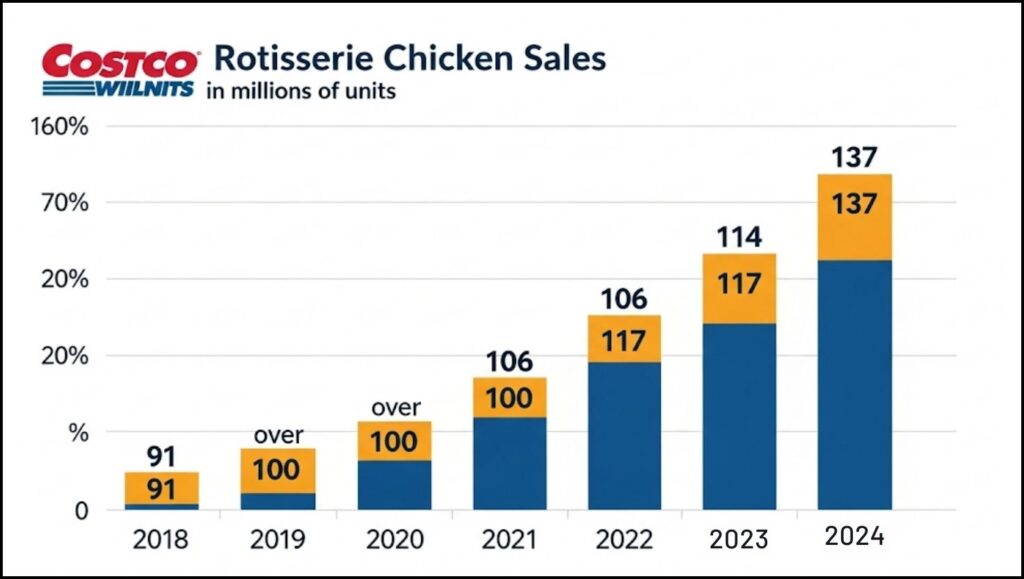
The Nebraska Poultry Complex
In 2019, Costco opened a massive $450 million poultry complex in Fremont, Nebraska. The 400,000-square-foot facility includes a hatchery, feed mill, and processing plant designed to manage nearly every aspect of the chicken’s life cycle.
According to a report from The Wall Street Journal at the time of its opening, the complex was designed to process over two million chickens per week. This facility provides Costco with an estimated 40% to 50% of its total U.S. rotisserie chicken needs, giving the company immense leverage. By owning a substantial portion of its supply, Costco can better predict costs and is less susceptible to the price fluctuations of the open market that affect other grocers.
“This is a long-term strategy that gives them a runway to keep the price at $4.99,” said Justin Sherrard, a global strategist in animal protein at Rabobank, a financial services firm specializing in food and agriculture. “By controlling the feed, the hatching, the growing, and the processing, they remove multiple layers of cost and risk from their supply chain.”
Criticism and Animal Welfare Concerns
The strategy has not been without controversy. In 2021, the animal rights organization Mercy For Animals released an undercover investigation alleging animal cruelty at a farm that was part of Costco’s Nebraska poultry network. A subsequent lawsuit filed in 2022 by two Costco shareholders accused the company of violating its fiduciary duties by mistreating birds in a way that contravenes animal welfare laws, according to reporting by The New York Times.
In response to the allegations, Costco has publicly stated its commitment to animal welfare. In its Animal Welfare statement, the company says it adheres to standards set by the National Chicken Council (NCC) and that its operations are audited by third-party professionals to ensure compliance. The ongoing legal and public relations challenges highlight the complexities that come with managing a vast and vertically integrated food production system.
Despite economic pressures and public scrutiny, Costco executives have repeatedly affirmed their commitment to the chicken’s price. In a December 2022 interview, CFO Richard Galanti told CNBC that the company had no plans to increase the price, viewing the stability as a source of pride and a key differentiator. The enduring $4.99 price tag remains a powerful symbol of the value proposition that keeps millions of members renewing their subscriptions year after year.

